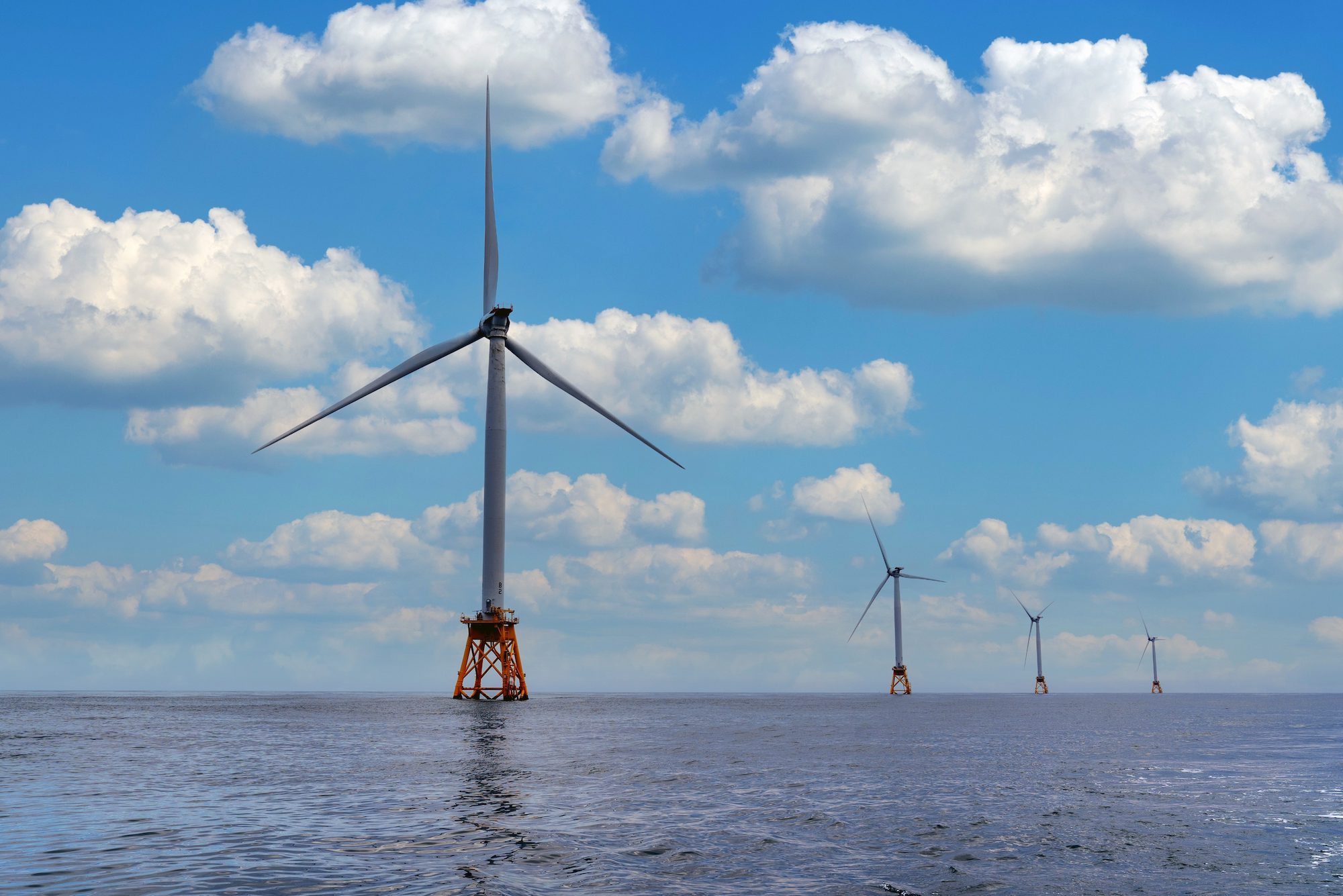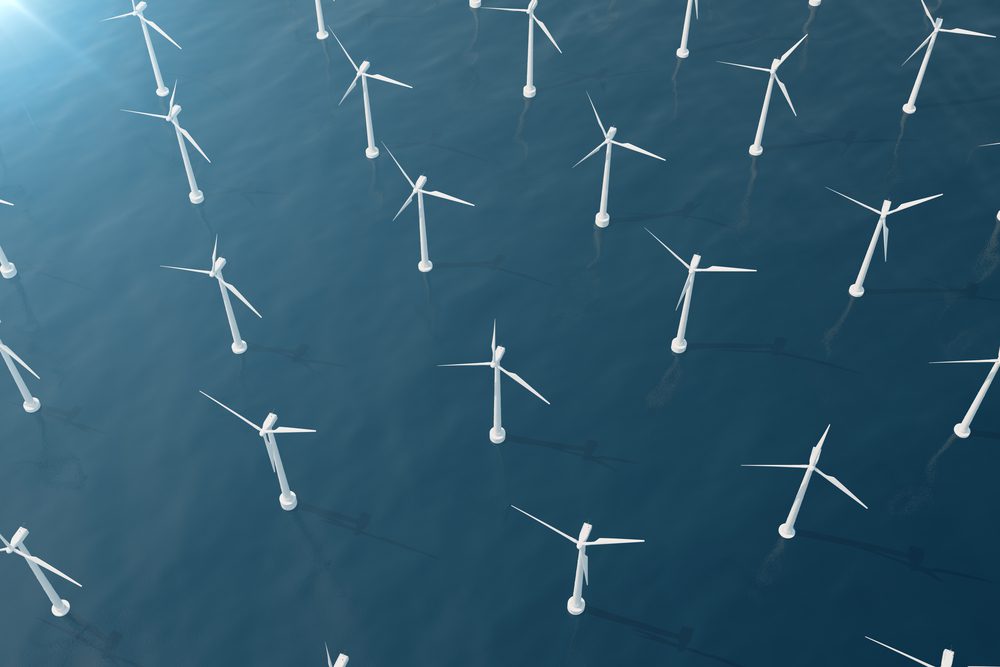The Department of the Interior has approved the Revolution Wind project, marking the fourth commercial-scale offshore wind project to receive federal approval under the Biden Administration.
Located about 15 nautical miles southeast of Point Judith, Rhode Island, the project will have an estimated capacity of 704 megawatts, which is enough to power nearly 250,000 homes. The project is expected to create an estimated 1,200 local jobs during the construction phase.
The apoproval of the Revolution Wind project follows the Biden Administration’s approval of the Vineyard Wind project offshore Massachusetts, the South Fork Wind project offshore Rhode Island and New York, and the Ocean Wind 1 project offshore New Jersey.
“President Biden has set an ambitious goal of achieving 30 GW of offshore wind by 2030 – and I am more confident than ever that we will meet it. Together with industry, labor and partners from coast to coast, we are building an entirely new industry off the east and west and Gulf coasts,” said Secretary Deb Haaland.
The expansion of the nation’s offshore wind capacity serves as a cornerstone President Biden’s economic and clean energy agenda. Since President Biden took office, companies have announced 18 offshore wind shipbuilding projects as well as investments of nearly $3.5 billion across 12 manufacturing facilities and 13 ports to strengthen the American offshore wind supply chain, according to the Administration.
“The project’s approval underscores the Administration’s commitment to promoting domestic energy production and fighting climate change, while promoting economic growth and fostering environmental stewardship within coastal communities,” said BOEM Director Elizabeth Klein.
BOEM remains on track to complete reviews of at least 16 offshore wind project plans by 2025, representing more than 27 gigawatts of clean energy.
Revolution Wind’s Construction and Operations Plan (COP) involves the installation of fewer wind turbines than originally proposed to reduce visual impacts from shore, as well as impacts to benthic habitats and ocean co-users. The plan includes up to 79 possible locations for the installation of 65 wind turbines and two offshore substations within the lease area.
Revolution Wind has also committed to measures to minimize potential impacts from the construction and operation of the project, including establishing fishery mitigation funds, creating a direct compensation program for lost revenues, and implementing vessel speed restrictions and construction clearance zones to reduce impacts on protected species.
BOEM collaborated with Tribes, government agencies, and industry stakeholders to develop the mitigation measures, incorporating more than 120 comments from key partners and ocean users. The agency considered information from meetings with 44 consulting parties, including Tribal Nations, federal and state agencies, local governments, nongovernmental organizations, private property owners, and Revolution Wind, as well as public comments, to help develop the final EIS for the Revolution Wind project.
“We are committed to working closely with Tribes, state and local leaders, industry, ocean users, and key stakeholders to responsibly develop this clean energy resource and ensure a sustainable future for generations to come,” added Klein.

 Join The Club
Join The Club










